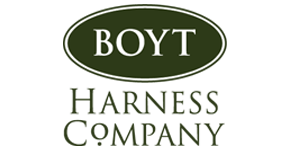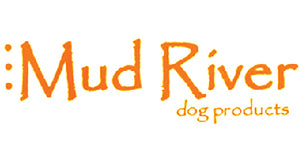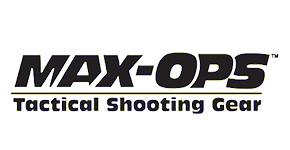Something Fishy: Anal Sac Impaction
While not the most attractive topic to discuss, anal sac problems are fairly common in our canine companions. Let’s gain a better understanding of what anal sacs are, learn how they may be problematic and what symptoms look like, and explore helpful tips for prevention.
Anal sacs are a set of specialized glands located near the anus. With a function thought to be related to scent-marking, the glands produce oily secretions; each dog makes its own unique combination of scents in these glands which contributes to a not-so-pleasant fish-stench aroma. Like human fingerprints distinguish people from one another, smell allows dogs to recognize other dogs, lending to the common greeting of sniffing each others’ rear ends. Canines do not have a patent on this “fun” design; other species (ex. Skunks) have a similar sac. Dogs, like skunks,can express their anal sacs when stressed or in fear, but it is not routinely utilized as a defensive tactic. Healthy dogs will express their anal sacs when feces presses against them during defecation. Anal sacs that do not empty during defecation can become problematic. Excess accumulation of the secretions within the sac can lead to swelling and pain, as well as inadvertent closing of the anal sac duct - the only opening that allows drainage. This condition is called an Anal Sac Impaction.
While no dog breed appears exempt from this condition, small breed overweight dogs represent a high number of cases. Secondary inflammatory conditions, like skin or food allergies or frequent bouts of diarrhea, also seem to be commonly linked to recurrent anal sac impaction or inflammation.
Symptoms of anal sac impaction can include:
- Scooting rear end across the floor
- Chewing or grooming excessively near the anus
- Pain or difficulty defecating (stools may be flat looking instead of round)
- Abnormal tail posture
Impacted anal sacs must be emptied with assistance. Physical massage and pressure on the impacted sacs helps empty the contents. This process may be painful and require sedation. While some pets and owners can be trained to perform this procedure at home, in most cases it is best to leave the stinky job to the professionals.
The symptoms list could also indicate a different health condition, so I advise owners to get the symptoms checked out at your vet clinic sooner than later.
When left untreated, anal sac impaction can lead to an abscess and subsequent rupture of the anal sac - a very serious and painful consequence of anal sac impaction. Permanent scarring and deformity of the anal sacs can result.
Dogs with frequent anal sac impaction may benefit from simple lifestyle changes including:
- Appropriate management of inflammatory conditions through diet, medications, or supplements
- Increased fiber content of diet to increase fecal size - in theory putting more pressure against the sacs to help them express
- Regular exercise and weight management may help as well
Your veterinary team is a great reference for tips for your specific pets’ needs. Some pets will need routine anal gland expressions throughout their life. The frequency of these appointments will be determined by your pet: when symptoms return, it's time for an appointment! In chronic cases, surgical removal of the anal sacs may be recommended.
### Amanda Burow, D.V.M. (Dr. B), is a graduate of Iowa State University’s College of Veterinary Medicine. Dr. Burow’s patient list includes hunting dogs of all varieties, as well as several field trial dogs and full time sporting guide dogs. In addition to practicing general veterinary medicine, she has special interest in the areas of preventive care, emergency medicine, and dermatology. In her spare time, she enjoys being outdoors and on the lake, staying active, reading, and spending time with family and friends. Mud River is proud to share these tips from Dr. B with our customers. Keep in mind it is best to work with your local veterinarian to determine the needs for your animals.







